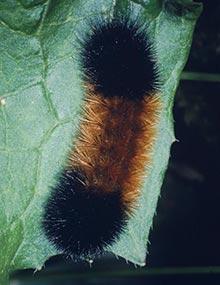

Caterpillars in Your Yard and Garden, Page 05
Reviewed
Banded woollybear caterpillars (Pyrrharctia isabella) are present in the spring and from late summer to late fall. They produce one to two generations per year.
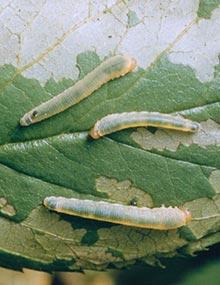
Caterpillars in Your Yard and Garden, Page 37
Reviewed
Roseslug caterpillars (Endelomyia aethiops) are present in summer. They produce one generation per year.
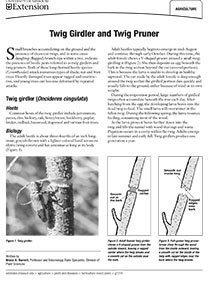
Twig Girdler and Twig Pruner
Reviewed
Twig Girdler and Twig Pruner are long-horned beetle species that attack numerous types of valuable trees. Visit our website to learn more.
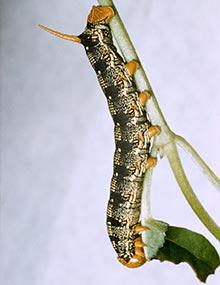
Caterpillars in Your Yard and Garden, Page 08
Reviewed
Catalpa sphinx caterpillars (Ceratomia catalpae) are present from early summer to early fall. They produce multiple generations per year.
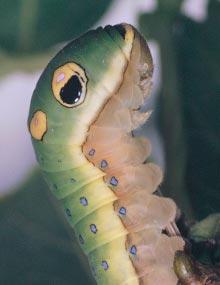
Caterpillars in Your Yard and Garden, Page 40
Reviewed
Spicebush swallowtail caterpillars (Papilio troilus) are present from May to October. They produce two to three generations per year.
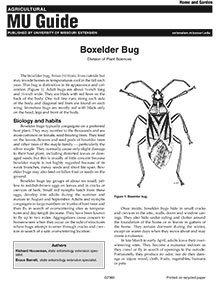
Boxelder Bug
Reviewed
Boxelder bugs are black and red insects that may enter homes in fall. They don't cause damage but can be a nuisance. Control includes sealing entry points and removing host trees.
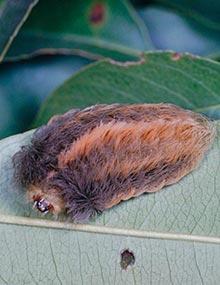
Caterpillars in Your Yard and Garden, Page 11
Reviewed
Crinkled flannel moths caterpillars (Lagoa crispata) are present in summer and fall. They produce two generations per year.
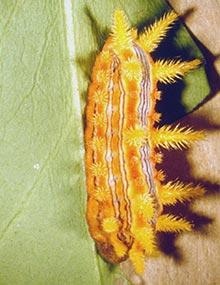
Caterpillars in Your Yard and Garden, Page 43
Reviewed
Stinging rose caterpillars (Parasa indetermina) are present in summer and fall. They produce one to two generations per year.
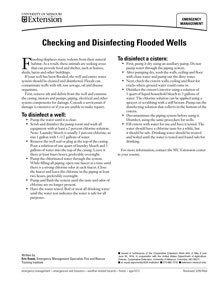
Checking and Disinfecting Flooded Wells
Reviewed
Learn how to clean and disinfect flooded wells and cisterns to ensure safe drinking water, including inspection, chlorination, and testing steps.
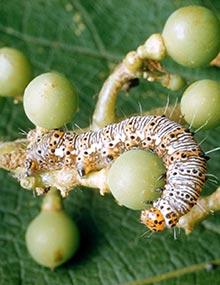
Caterpillars in Your Yard and Garden, Page 14
Reviewed
Eight-spotted forester caterpillars (Alypia octomaculata) are present from spring to early fall. They produce one to two generations per year.
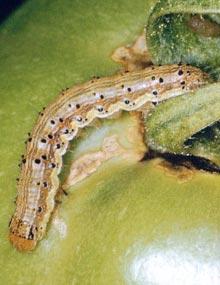
Caterpillars in Your Yard and Garden, Page 46
Reviewed
Tomato fruitworm, corn earworm caterpillars (Helicoverpa zea) are present in mid-June. They produce two generations per year.
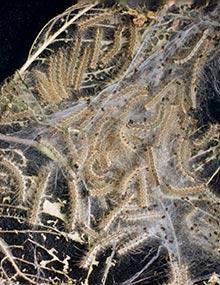
Caterpillars in Your Yard and Garden, Page 17
Reviewed
Fall webworm caterpillars (Hyphantria cunea) are present from spring to fall. They produce two to three generations per year.
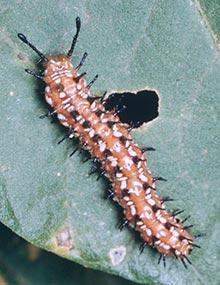
Caterpillars in Your Yard and Garden, Page 49
Reviewed
Variegated fritillary caterpillars (Euptoieta claudia) are present from June to October. They produce multiple generations per year.
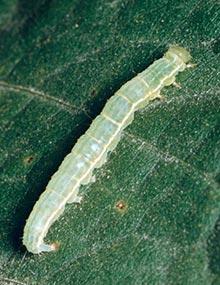
Caterpillars in Your Yard and Garden, Page 20
Reviewed
Green cloverworm caterpillars (Hypena scabra) are present from summer to fall. They produce three generations per year.
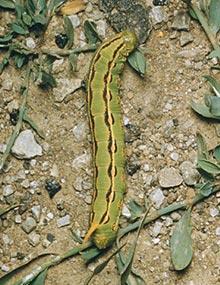
Caterpillars in Your Yard and Garden, Page 52
Reviewed
Whitelined sphinx caterpillars (Hyles lineata) are present from spring to early fall. They produce one to two generations per year.
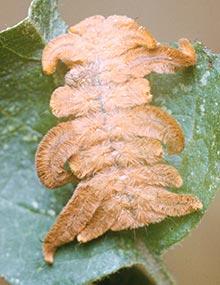
Caterpillars in Your Yard and Garden, Page 23
Reviewed
Hag moths caterpillars (Phobetron pithecium) are present in summer and fall. They produce one generation per year.
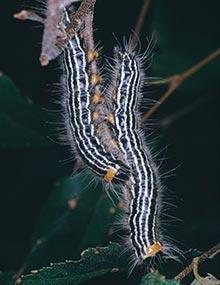
Caterpillars in Your Yard and Garden, Page 55
Reviewed
Yellownecked caterpillars (Datana ministra) are present from July to September. They produce one generation per year.
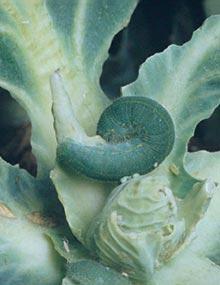
Caterpillars in Your Yard and Garden, Page 26
Reviewed
Imported cabbageworm caterpillars (Pieris rapae) are present from early spring to summer. They produce multiple generations per year.
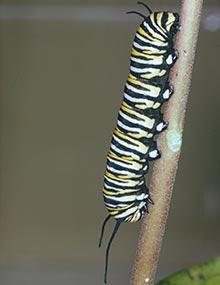
Caterpillars in Your Yard and Garden, Page 29
Reviewed
Monarch caterpillars (Danaus plexippus) are present in summer months. They produce multiple generations per year.
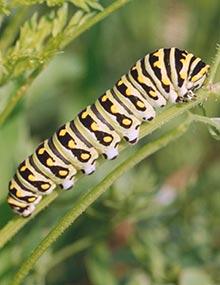
Caterpillars in Your Yard and Garden, Page 32
Reviewed
Parsleyworm caterpillars (Papilio polyxenes) are present from May to October. They produce three generations per year.
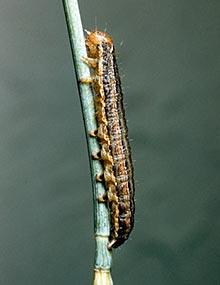
Caterpillars in Your Yard and Garden, Page 03
Reviewed
Armyworm caterpillars (Pseudaletia unipunctata) are present from early summer to fall. They produce three generations per year.

Caterpillars in Your Yard and Garden, Page 35
Reviewed
Poplar tentmaker caterpillars (Clostera inclusa) are present from spring to fall. They produce two generations per year.
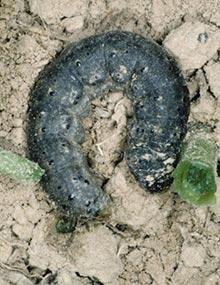
Caterpillars in Your Yard and Garden, Page 06
Reviewed
Black cutworm caterpillars (Agrotis ipsilon) are present from late spring to fall. They produce one to three generations per year.
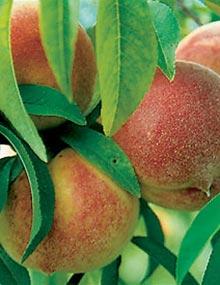
Home Fruit Production: Peach and Nectarine Culture
Revised
This guide offers practical advice on selecting, planting, and maintaining peach and nectarine trees for optimal fruit production.
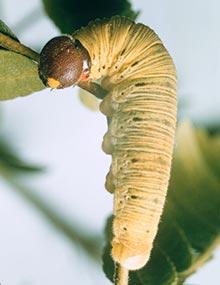
Caterpillars in Your Yard and Garden, Page 38
Reviewed
Silverspotted skipper caterpillars (Epargyreus clarus) are present in summer and fall. They produce two to three generations per year.